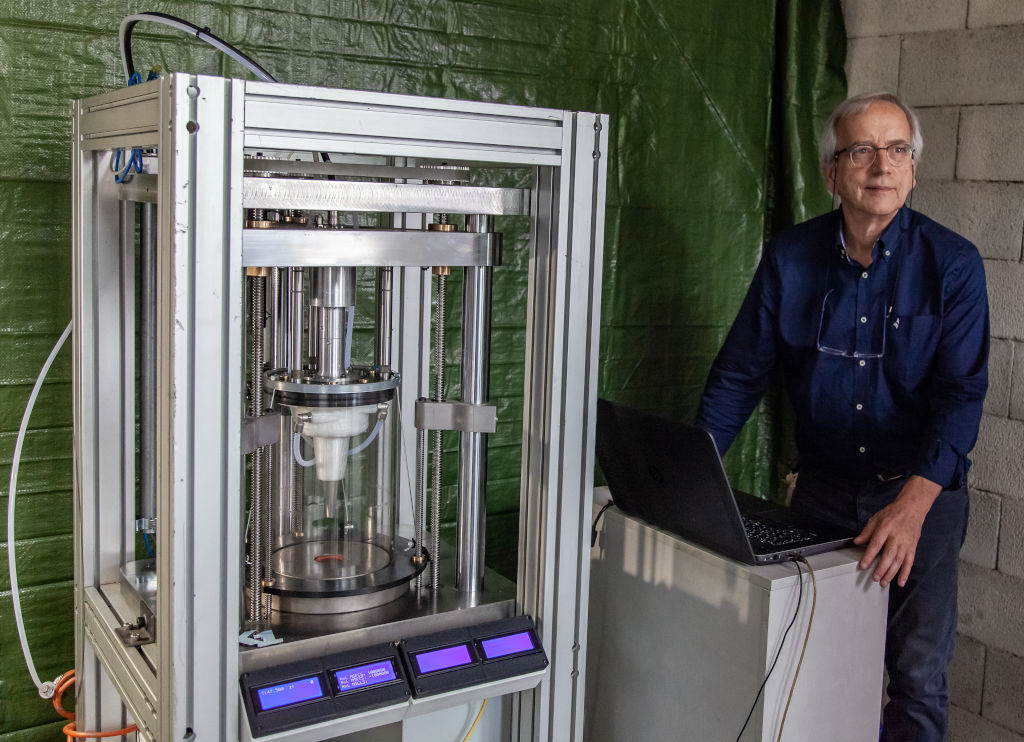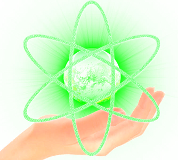Reattore RaM1
Prima Accensione Reattore a Metamorfosi nucleare
Il 15 Luglio 2024, è stata effettuata con successo, la prima accensione del Reattore a Metamorfosi nucleare RaM1.

Il reattore con l'Ing. Domenico Bassani
 |
Видео с русскими субтитрами |
 |
Video with English subtitles |
 |
Video con sottotitoli in italiano |
 |
Vidéo sous-titrée en français |
 |
Video cu subtitrare in romana |
 |
Video mit deutschen Untertiteln |
New Nuclear Science
a new way for new Physics
In the 90s of the last century, two Italian physicists, Fabio Cardone and Roberto Mignani, began to develop a new phenomenological theory that takes into account the limits of validity of Local Lorentz Invariance (LLI). This symmetry (invariance under Lorentz transformation) has been at the basis of every physical theory since the first two decades of the last century when Albert Einstein published his Special Theory of Relativity and wrote its second postulate about the constancy of the speed of light as a general assumption always valid in any ambit of physics. There exist several theoretical attempts to predict its violation, which, however, start with the preconceived idea that the limits of this symmetry have to be searched at very high energies which, unfortunately, can not be reached in any laboratory experiment. On the contrary, the two physicists mentioned above, leaned on phenomenology in order to let Nature (Physics) suggest how to look for such a violation. They deformed the minkowskian metric tensor of Einstein's Special Theory of Relativity by a parameter E with the dimensions of energy and analysed by this tensor several experiments (for the 4 fundamental interactions) whose results presented some type of anomaly with respect to the theoretical predictions in agreement with Lorentz invariance. From these experiments, they quantified the parameter E of the theory and found out the mathematical expressions of the metric tensor as a function of the energy E of the physical phenomenon under consideration. This allowed them to make predictions that could be checked by experiments. In particular, with regards to the fundamental hadronic interaction, more commonly known as the strong nuclear force, the theory states that if you can concentrate in a microscopic volume and in a very short time interval, an amount of energy greater than or equal to 367.5 GeV, new type of nuclear phenomena can be triggered. These predictions have led the research towards the design and the subsequent implementation of experiments capable to verify them. The phenomenon that potentially satisfies the three requirements in terms of space, time and energy is cavitation, that is, the nucleation and subsequent sudden and violent collapse of gas bubbles within a liquid subjected to ultrasounds.

